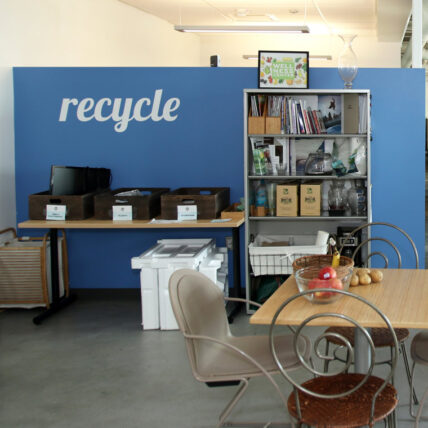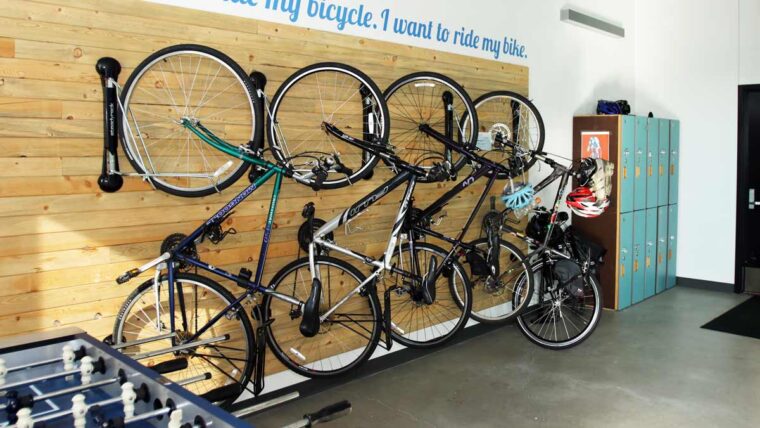Most people want to do their part to protect the planet, but it can be difficult to know where or how to start. In honor of Earth Day, here are 10 simple ways you can be more sustainable.
1. Reduce plastic waste wherever possible.
Reducing single-use plastic waste is an impactful and easy way to be more sustainable and environmentally friendly. Many plastic products have more sustainable alternatives, including water bottles, diapers, and plenty of plastic products are simply not necessary, including packaging on home or beauty products. Today, micro plastics are found in oceans, rivers and even in human blood, making it more critical than ever to opt for a more sustainable alternative when available.

2. Replace single-use plastic bags with reusable ones.
Switching to reusable bags for grocery shopping and food storage (e.g., Ziplock bags) is another small change that has a big impact! Fortunately, there are many alternatives available that work just as well, if not better, than traditional plastic bags.
3. Use beeswax wraps instead of aluminum foil and plastic wrap.
Use beeswax wraps instead of aluminum foil and plastic wrap. These wraps can be used many times, and work great! An added benefit is that by purchasing them you’ll be supporting the bee industry.
4. Purchase food and goods that are locally sourced.
To be more sustainable and reduce your carbon footprint, buy food and products that are local (e.g., from farmers markets). Not only does this reduce the footprint of the goods you are purchasing and using, but it also supports local businesses and artisans.
5. Replace lightbulbs with more energy efficient LED bulbs.
Switching light bulbs to energy efficient LED bulbs is an easy change that will reduce your environmental impact and may save you money.
6. Recycle and re-use where and when available.
Recycling both in the office and at home is a great practice to reduce the amount of waste sent to landfill. Saving old jars and take-out containers and using them for other needs is an easy way to reuse products and avoid throwing them out.
7. Switch to non-toxic cleaning products.
Using non-toxic cleaning products (e.g., soaps, detergents, counter cleaners, etc.) is great for personal health and the environment. These products contain many potent chemicals that end up in rivers, lakes and oceans and have a negative impact on ecosystem health.
8. Print less paper.
Printing less paper is a small, but impactful way to be more sustainable! Fortunately, technology has made this an easy transition.
9. Ride-share, use public transport, bike or walk when available.
Reducing the amount of individual driving done will have a significant impact on your personal GHG footprint. Walking and biking are also proven to improve physical and mental health!

10. Purchase second-hand when available.
There are many clothing and home goods marketplaces that make purchasing high-quality second-hand products very easy. In addition to buying goods second-hand, you can also sell clothing, furniture, etc. that no longer serves you. This is one great way to be more sustainable while also being cost effective!
Taken on their own, these changes may feel small. But every bit helps—and if enough people adopt more sustainable habits, we can really make a meaningful difference.



